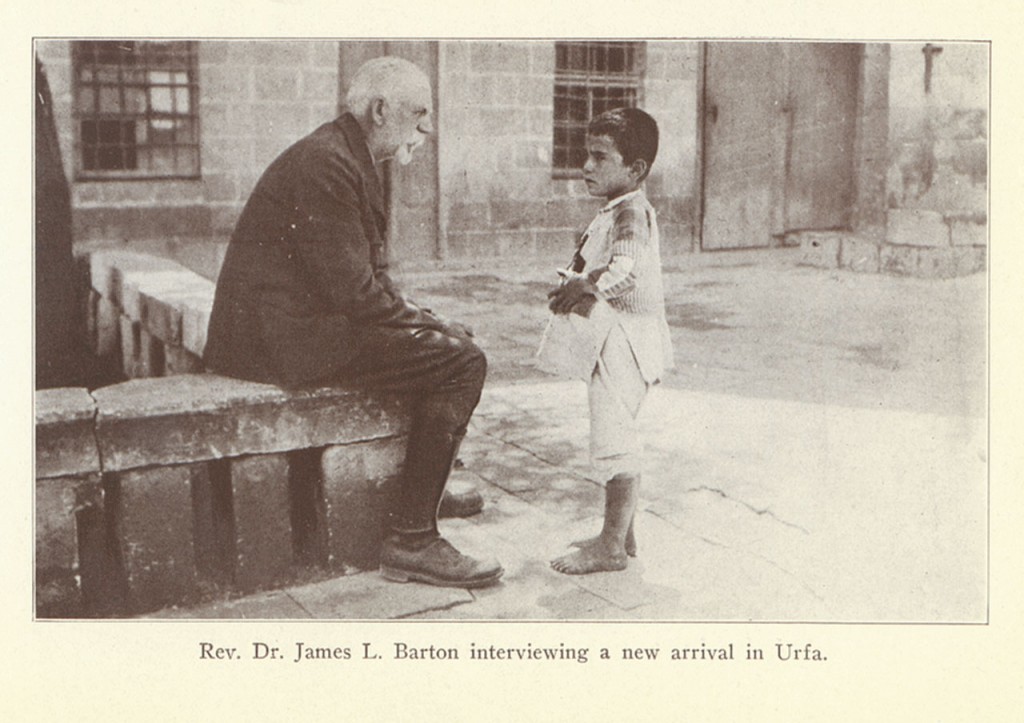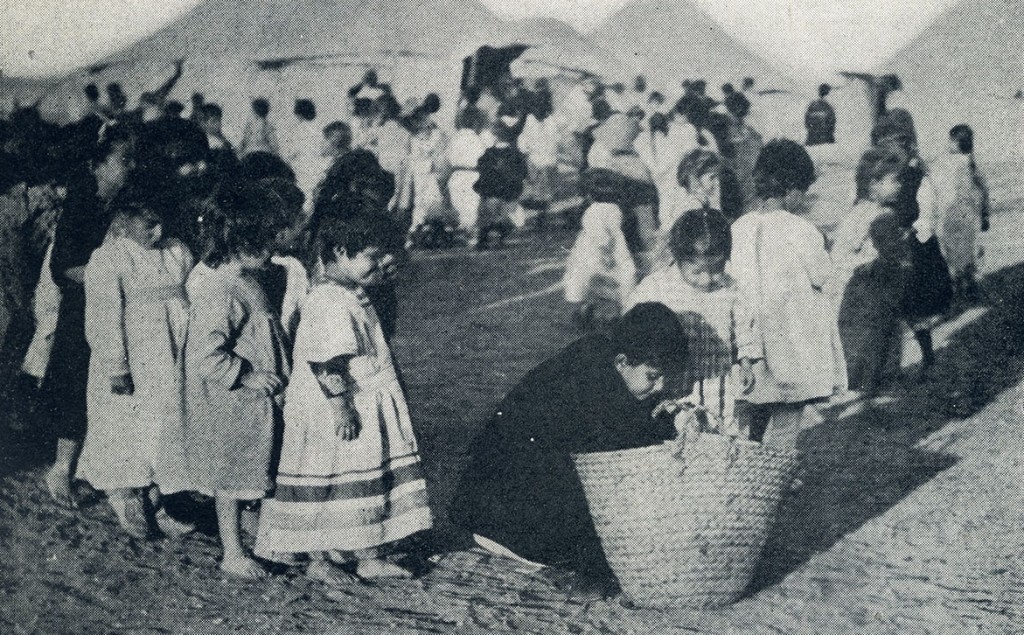A Quiet Leader: James L. Barton
Dr. James L. Barton led this organization for 21 years, from its beginnings as a temporary committee to its emergence as the internationally acclaimed Near East Foundation. Who was the quiet man behind the greatest American international humanitarian campaign of all time?


Inspired to Serve
James Levi Barton grew up in a Quaker family in Charlotte, Vermont. He graduated from Middlebury College and earned an advanced degree from Hartford Theological Seminary. Dr. Barton was deeply committed to humanitarian work through missionary service. In 1885 he and his wife, Flora Holmes Barton, traveled to Turkey, where he supervised a large missionary school system in Harput. In 1892, he was elected president of Euphrates College, an English-language theological seminary.
The Bartons returned to the United States in 1894 when Flora’s health declined. Barton continued to advocate for the creation and funding of educational institutions overseas in his role as the Foreign Secretary for the American Board of Commissioners for Foreign Missions in Boston.
Called To Lead
Given his knowledge of and commitment to the Near East, Barton was a natural choice to lead the committee that would become Near East Relief. He was named Chairman when Near East Relief was chartered by Congress in 1919.
Barton was a quiet but shrewd leader. Beginning in 1917, Barton asked American missionaries who were leaving Ottoman Turkey to send him detailed, signed narratives of their experiences. These eyewitness accounts of the Armenian Genocide were instrumental in raising awareness and funds in the United States for relief work overseas. Barton made numerous trips to the field to gain a better sense of the Near East’s needs.
He was a vocal proponent of the creation of an Armenian state as an American mandate; he was also an outspoken opponent of any declaration of war against the Ottoman Empire during World War I, believing that a declaration would jeopardize America’s lifesaving relief work in Turkey.

Children receiving bread rations in an image from Barton's book, The Story of Near East Relief.
A "Near East Saint"
A humble and compassionate man, Barton worked tirelessly to unite philanthropists, relief workers, and the American people in one of the greatest humanitarian efforts of all time. Under his guidance, Near East Relief raised more than $110 million and saved more than a million lives. He authored numerous books, articles, and letters to prominent newspapers. He continued to serve as Foreign Secretary for the ABFCM until 1927. In 1930 Barton published The Story of Near East Relief. The book is widely regarded as the authority on the organization’s early history.
Barton continued to play an important leadership role during the transition from Near East Relief to Near East Foundation. As vice chairman of NEF, he traveled extensively and cultivated relationships with foreign leaders. Dr. Barton was instrumental in obtaining a 500-acre land grant from the King of Albania in 1930. Barton attended the dedication of two new farm schools for 200 boys and girls on the property. While visiting Cairo, Barton accepted King Faud’s personal thanks for NEF’s work in Egypt, which included the creation of welfare centers and night schools in Cairo and Alexandria.
James L. Barton remained active in NEF for the rest of his life. At the time of his death in 1936, the New York Times praised him as “a Near East saint.”
